FASCINATING
AN ABSORBING BOOK.
The Cleveland Plain Dealer
Utterly engrossing A piece of renaissance portraiture with the background as brilliantly illuminated as the human subject in the foreground.
The Washington Star
A rare accomplishment A magnificent biography.
John Barkham Reviews
Written in a style that combines vigor, clarity, and sensitivity Should be the envy of historians and novelists alike.
Chicago Sun-Times
Peters is a fabulous story and Massie does it justice.
Boston Herald American
2011 Random House Trade Paperback Edition
Copyright 1980 by Robert K. Massic
All Rights Reserved.
Published in the United States by Random House Trade Paperbacks, an imprint of The Random House Publishing Group, a division of Random House, Inc., New York.
R ANDOM H OUSE T RADE P APERBACKS and colophon are trademarks of Random House, Inc.
Originally published in hardcover in the United States by Knopf, a division of Random House, Inc., in 1980, and in trade paperback by Ballantine Books, an imprint of The Random House Publishing Group, a division of Random House, Inc., in 1981.
eISBN: 978-0-307-81723-5
www.atrandom.com
v3.1
Contents
MAPS
Maps and Illustrations
Vasily Golitsyn (Hermitage Museum, Leningrad)
Sophia (Hermitage Museum, Leningrad)
Francis Lefort (Hermitage Museum; Culver Pictures)
The siege of Azov (Hermitage Museum, Leningrad)
Peters house in Zandaam
Shearing the beards
Beard tax medallion
Alexander Menshikov (Hermitage Museum, Leningrad)
Peter Tolstoy (Lev Tolstoy Museum, Moscow)
Fedor Romodonovsky
Boris Sheremetev (Gorkovsky Museum of Art)
Jacob Dolgoruky (Hermitage Museum, Leningrad)
Fedor Apraxin (Pavlovsk Palace, Leningrad)
Gavril Golovkin (Tretyakov Gallery, Moscow)
Peter Shafirov (Yaroslavl Museum of Art)
The battle of Poltava
The battle of Hang
Celebration of the Peace of Nystad
Swedish ships before Vasilevsky Island
St. Peter and St. Paul Cathedral
Peters Summer Palace (Russian Museum, Leningrad)
The Admiralty
Plan of St. Petersburg
Peter and Catherine on the Neva
Peter and Catherines marriage
Anne and Elizabeth (Russian Museum, Leningrad)
Tsarevich Alexis (British Museum, London)
Peter (Culver Pictures)
Victory crowning Peter Emperor (Hermitage Museum, Leningrad)
Peter the Great (Russian Museum, Leningrad)
(Color plates follow )
Peter (Royal Collection, Kensington Palace, London. Copyright Reserved)
Catherine (Hermitage Museum, Leningrad)
Sophia at Novodevichy (Tretyakov Gallery, Moscow)
Peter and the building of St. Petersburg (Tretyakov Gallery, Moscow)
Peter in Amsterdam harbor
Peter at the execution of the Streltsy (Tretyakov Gallery, Moscow)
Peter and Alexis (Tretyakov Gallery, Moscow)
Louis XIV (The Bettmann Archive)
William III (National Portrait Gallery, London)
Ahmed III (Topkapi Saray Museum-Library, Istanbul)
Augustus II and Frederick William (Moritzburg, Barockschloss Deutsche Phototek, Dresden)
George I (National Portrait Gallery, London)
Charles XII (Nationalmuseum, Stockholm)
1
OLD MUSCOVY
 round Moscow, the country rolls gently up from the rivers winding in silvery loops across the pleasant landscape. Small lakes and patches of woods are sprinkled among the meadowlands. Here and there, a village appears, topped by the onion dome of its church. People are walking through the fields on dirt paths lined with weeds. Along the riverbanks, they are fishing, swimming and lying in the sun. It is a familiar Russian scene, rooted in centuries.
round Moscow, the country rolls gently up from the rivers winding in silvery loops across the pleasant landscape. Small lakes and patches of woods are sprinkled among the meadowlands. Here and there, a village appears, topped by the onion dome of its church. People are walking through the fields on dirt paths lined with weeds. Along the riverbanks, they are fishing, swimming and lying in the sun. It is a familiar Russian scene, rooted in centuries.
In the third quarter of the seventeenth century, the traveler coming from Western Europe passed through this countryside to arrive at a vantage point known as the Sparrow Hills. Looking down on Moscow from this high ridge, he saw at his feet the most rich and beautiful city in the world. Hundreds of golden domes topped by a forest of golden crosses rose above the treetops; if the traveler was present at a moment when the sun touched all this gold, the blaze of light forced his eyes to close. The white-walled churches beneath these domes were scattered through a city as large as London. At the center, on a modest hill, stood the citadel of the Kremlin, the glory of Moscow, with its three magnificent cathedrals, its mighty bell tower, its gorgeous palaces, chapels and hundreds of houses. Enclosed by great white walls, it was a city in itself.
In summer, immersed in greenery, the city seemed like an enormous garden. Many of the larger mansions were surrounded by orchards and parks, while swaths of open space left as firebreaks burst out with grasses, bushes and trees. Overflowing its own walls, the city expanded into numerous flourishing suburbs, each with its own orchards, gardens and copses of trees. Beyond, in a wide circle around the city, the manors and estates of great nobles and the white walls and gilded cupolas of monasteries were scattered among meadows and tilled fields to stretch the landscape out to the horizon.
Entering Moscow through its walls of earth and brick, the traveler plunged immediately into the bustling life of a busy commercial city. The streets were crowded with jostling humanity. Tradespeople, artisans, idlers and ragged holy men walked beside laborers, peasants, black-robed priests and soldiers in bright-colored caftans and yellow boots. Carts and wagons struggled to make headway through this river of people, but the crowds parted for a fat-bellied, bearded boyar, or nobleman, on horseback, his head covered with a fine fur cap and his girth with a rich fur-lined coat of velvet or stiff brocade. At street corners, musicians, jugglers, acrobats and animal handlers with bears and dogs performed their tricks. Outside every church, beggars clustered and wailed for alms. In front of taverns, travelers were sometimes astonished to see naked men who had sold every stitch of clothing for a drink; on feast days, other men, naked and clothed alike, lay in rows in the mud, drunk.
The densest crowds gathered in the commercial districts centered on Red Square. The Red Square of the seventeenth century was very different from the silent, cobbled desert we know today beneath the fantastic, clustered steeples and cupolas of St. Basils Cathedral and the high Kremlin walls. Then it was a brawling, open-air marketplace, with logs laid down to cover the mud, with lines of log houses and small chapels built against the Kremlin wall where Lenins tomb now stands, and with rows and rows of shops and stalls, some wood, some covered by tent-like canvas, crammed into every corner of the vast arena. Three hundred years ago, Red Square teemed, swirled and reverberated with life. Merchants standing in front of stalls shouted to customers to step up and inspect their wares. They offered velvet and brocade, Persian and Armenian silk, bronze, brass and copper goods, iron wares, tooled leather, pottery, innumerable objects made of wood, and rows of melons, apples, pears, cherries, plums, carrots, cucumbers, onions, garlic and asparagus as thick as a thumb, laid out in trays and baskets. Peddlers and pushcart men forced their way through the crowds with a combination of threats and pleas. Vendors sold pirozhki (small meat pies) from trays suspended by cords from their shoulders. Tailors and street jewelers, oblivious to all around them, worked at their trades. Barbers clipped hair, which fell to the ground unswept, adding a new layer to a matted carpet decades in the forming. Flea markets offered old clothes, rags, used furniture and junk. Down the hill, nearer the Moscow River, animals were sold, and live fish from tanks. On the riverbank itself, near the new stone bridge, rows of women bent over the water washing clothes. One seventeenth-century German traveler noted that some of the women selling goods in the square might also sell another commodity.


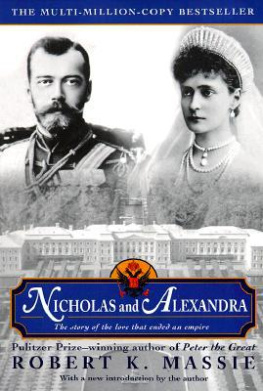
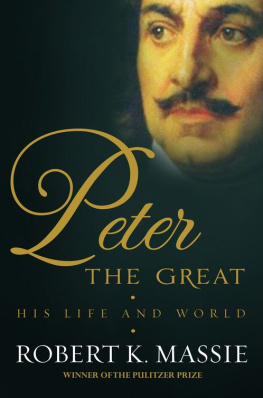
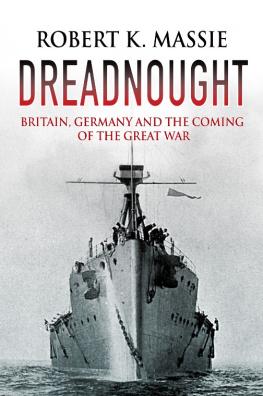
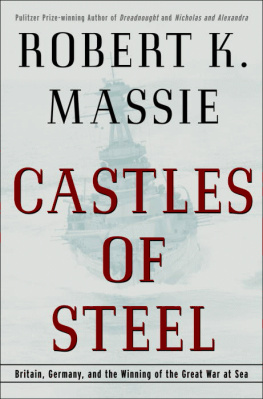
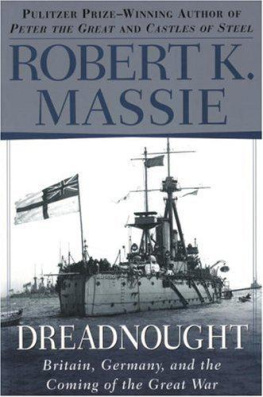
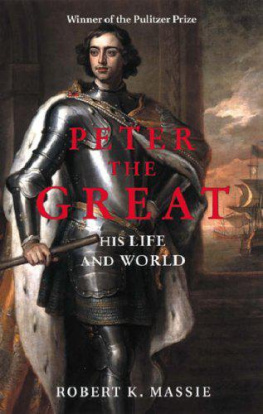
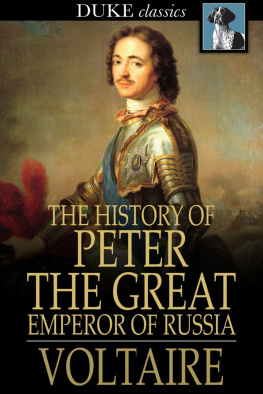
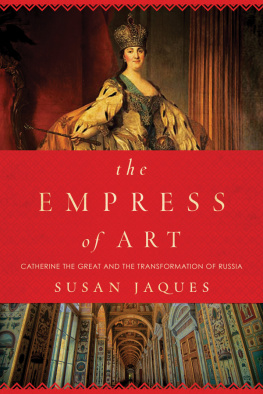
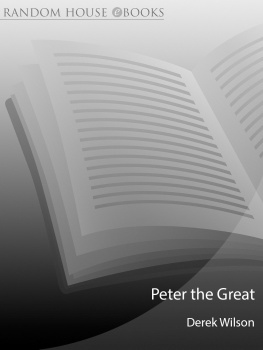
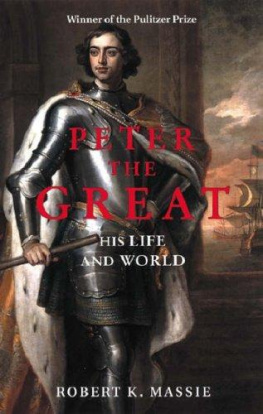
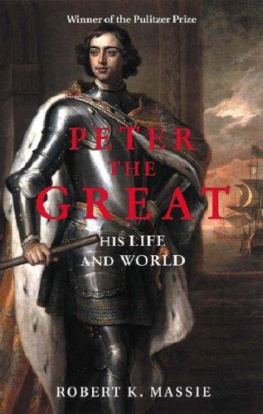
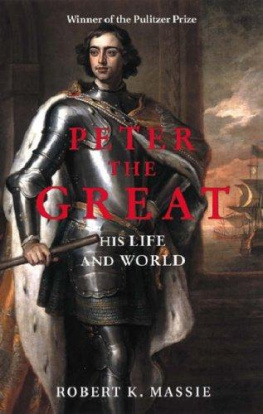
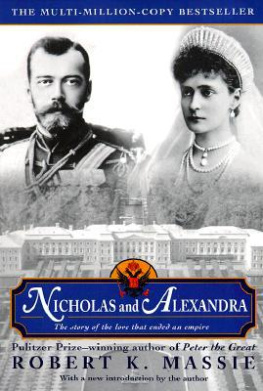
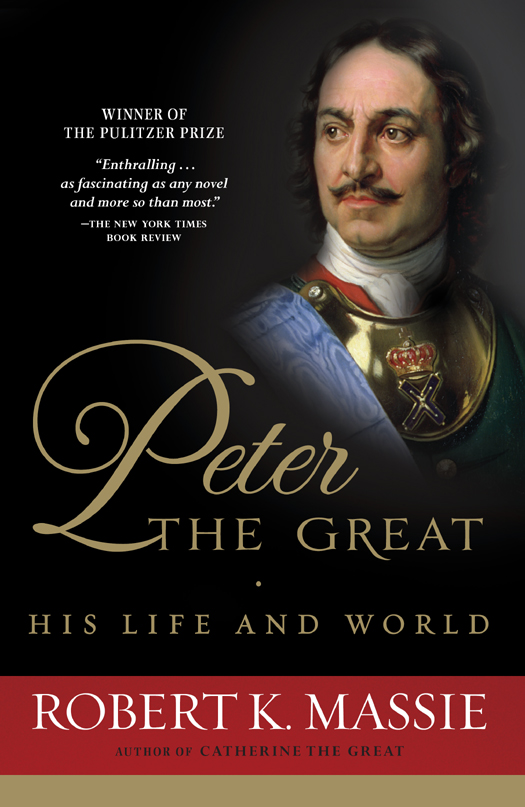


 round Moscow, the country rolls gently up from the rivers winding in silvery loops across the pleasant landscape. Small lakes and patches of woods are sprinkled among the meadowlands. Here and there, a village appears, topped by the onion dome of its church. People are walking through the fields on dirt paths lined with weeds. Along the riverbanks, they are fishing, swimming and lying in the sun. It is a familiar Russian scene, rooted in centuries.
round Moscow, the country rolls gently up from the rivers winding in silvery loops across the pleasant landscape. Small lakes and patches of woods are sprinkled among the meadowlands. Here and there, a village appears, topped by the onion dome of its church. People are walking through the fields on dirt paths lined with weeds. Along the riverbanks, they are fishing, swimming and lying in the sun. It is a familiar Russian scene, rooted in centuries.